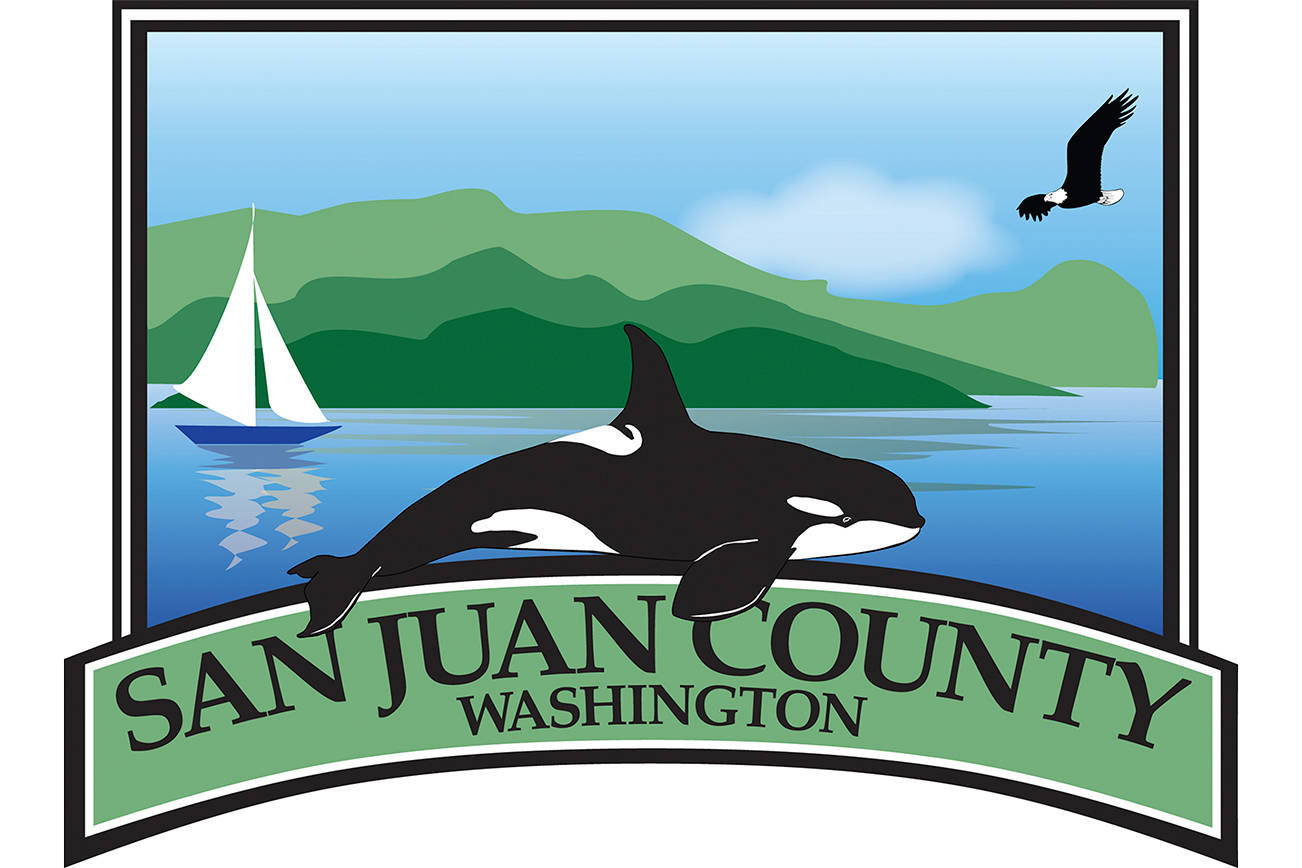As the year comes to a close, San Juan County has completed its first biennium budget for 2020-21, which the council approved on Dec. 9.
“It’s not much of a difference to do two years and it frees up staff not to work on the budget all year long, plus we can forecast out and do a better take on the future,” said county councilman Rick Hughes. “The budget is the most important task the council does every year. It’s our spending authority and our work plan direction. We can’t do anything that is not in the budget.”
This past November, voters overwhelmingly approved amending the county charter to change from an annual to a biannual budget process. The county provides local and regional services to a population that varies seasonally from 17,000 to 25,000 residents, with around 250 employees and a two-year budget of almost $187 million which is split roughly $90 million per year.
“Because of the way the county does its accounting — all funds are summed together into one grand total for the budget — it may appear to some that the county budget is large in comparison to the population served or the size of county government,” said Hughes. “A similar picture would be created if you were to add all of your personal funds — checking, savings, retirement, etc. — together, it would give you an indication of how much in the way of total financial resources you had, but it wouldn’t give you a sense for how much you will spend in a given year. The same holds true with the county’s budget as it is made up of but not limited to funds that aren’t intended to be spent such as the budget stabilization fund; funds received from other sources — state and federal grants; revolving funds which accrue money all year such as the new Home Fund; required fund balances for 27 unique funds such as roads and the land bank; short term investments; and funds for 23 general fund departments. What really matters is that the county has sufficient funds to continue to provide the services expected by the citizens.”
The budget outlines five key goals: maintain strong fiscal health; continue to improve county operations; make strategic investments in capital infrastructure; make progress on countywide initiatives and focus on emerging priorities.
According to the county’s report, which is available at https://bit.ly/38uCfZl, SJC has “enjoyed several years of strong revenue growth in some areas, including sales tax, lodging tax, real estate excise tax and the new housing real estate excise tax (Home Fund). How much longer the economy will continue to grow remains the subject of much discussion, speculation, and angst at the county. Regardless of what may happen, it is the county’s goal to be ‘ready for anything.’ … Additional complexity was added to the budget process by the ballot measure “Proposition 2” — the renewal of a general property tax levy lid lift previously approved by voters in 2009 and 2014. The additional property taxes help to support community programs such as Public Health, Senior Services, 4-H and the Islands Oil Spill Association.”
The REET for affordable housing was approved by voters in November 2018. The tax is assessed on the purchase and sale of real property within the county, with the buyer paying 99 percent of the tax and the seller paying 1 percent.
“Because of the strong real estate market, the fund has already generated almost $1.3 million in 2019, and seems likely to beat its budgeted revenue of $1.36 million,” reads the budget report. “The funds can be used to support affordable housing projects throughout the county. The annual award process is nearly completed; awards may be made to OPAL’s April’s Grove project, Lopez Community Land Trust’s Salish Way III project, and San Juan Housing Trust’s Salal development.”
Included in the 2020-21 budget is $300,000 to install solar panels on the roof of the San Juan County Fair building, a project Hughes is particularly passionate about.
“It will generate enough power to cover all of San Juan County parks’ power needs and all of the fair’s power needs. It’s a real test for us to see if this makes sense. No matter what angle you look at it from – climate or financial – solar panels make sense,” he said. “I really want to be a climate warrior. I want to work on a balance in our community. We need to take a leadership role in being forward-thinking in taking on climate issues. We want to encourage businesses while protecting the environment at the same time. I want to figure out how the county can be a better player in that.”
Hughes’ says some of his other goals for the coming year are “deployment of solar assets, continuance of building trails and marine infrastructure, continue to work with nonprofits and for-profits on providing affordable housing, a balanced solution for vacation rentals, expansion of a non-tourism-based economy to create a resilient, sustainable community and ferries.”
Hughes has just filed to run for his third term as a county councilperson. His position will be on the November 2020 ballot. He says, if elected, it will be his last four years in the position.
“I want to build trails countywide, I want the county to be as close to carbon-neutral as possible and I want us to be set for the next 20 years,” Hughes said.




